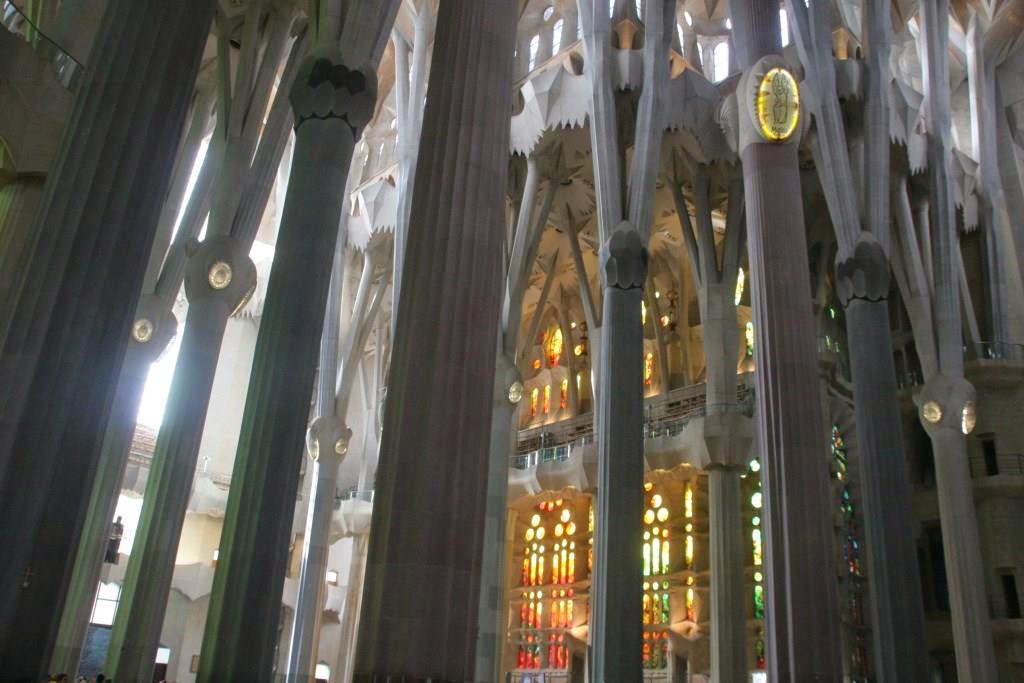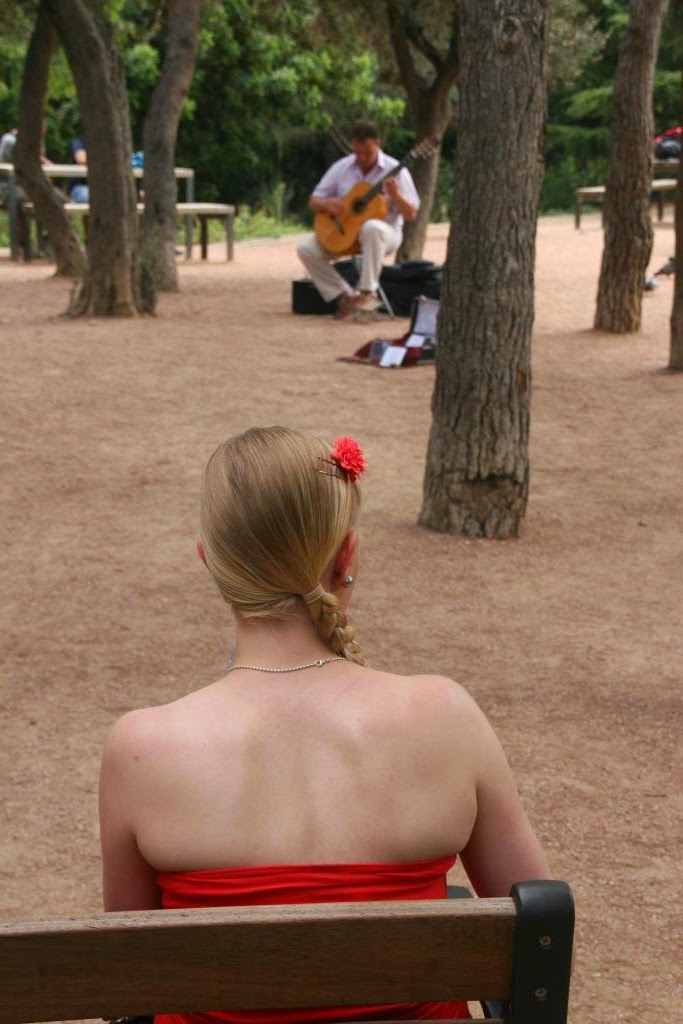After a while (as those of you who have travelled often may appreciate) the lustre of staying in hotels wears off, regardless of the size of room, location or staff.
What a complete joy it has been finding AirBnB (www.airbnb.com) and using this to arrange accommodation throughout this trip. I commend it to you all. I have stayed in 10 different countries on this trip using AirBnB to book accommodation. Each place has been great and I have made friends with some of these hosts and/or other guests along the way.
What is it?
It is a brokerage for anyone who has a spare room or a place for short to medium term rental. You can either book an entire house/apartment or just a room. In my situation I have just booked a room at each location. This has enabled me to stay in some very central and sought-after locations at a fraction of the price that a hotel would have cost (in fact, I would not have been able to afford the trip I have had if I did use hotels). It has also had the added advantage of staying with locals who (by the majority of my experience) go out of their way to show you hospitality and make sure you have a great experience in their home town.
how does it work?
It is easy to use -
- Register yourself (costs you nothing)
- just type in the location of where you want to stay -this can be as broad as a country or a city or as detailed as a town or an area within a city/town.
- Put in the dates you want to stay there
- select whether you want just a room or a whole apartment/house
- Select the price range you are willing to pay
- voila - view the results and read-up on the various places including reviews from people who have stayed there previously
- Send an email requesting a booking
- If the booking is accepted, pay for it vi credit card securely via the AirNbN site
- As a host - you can register your place and, if you receive a request from a prospective visitor, you can read any reviews from people who have hosted them previously
- You pay on-line with a credit card or paypal so you don't need to pay in cash when you stay
It's brilliant! The review system is a good way of democratising the process and keeping it honest.
There is a loyalty scheme for introducing others to it which provides both the person being introduced and the one doing the introduction with a credit to use for their next booking. I am happy to make any such introduction if you are interested. Those who know me well will know that I don't make introductions lightly. Either way, if you are travelling either within your own country or overseas, why not take a look?
Some of the people I have met via AirBnB have featured in some of my posts- it's a great way to meet interesting and good people.
Anyway, enough of a marketing spiel. Just want to give credit where credit is due.


.jpg)

.jpg)

.jpg)
.jpg)
.jpg)
.jpg)
.jpg)
.jpg)
.jpg)
.jpg)
.jpg)
.jpg)

.jpg)

















